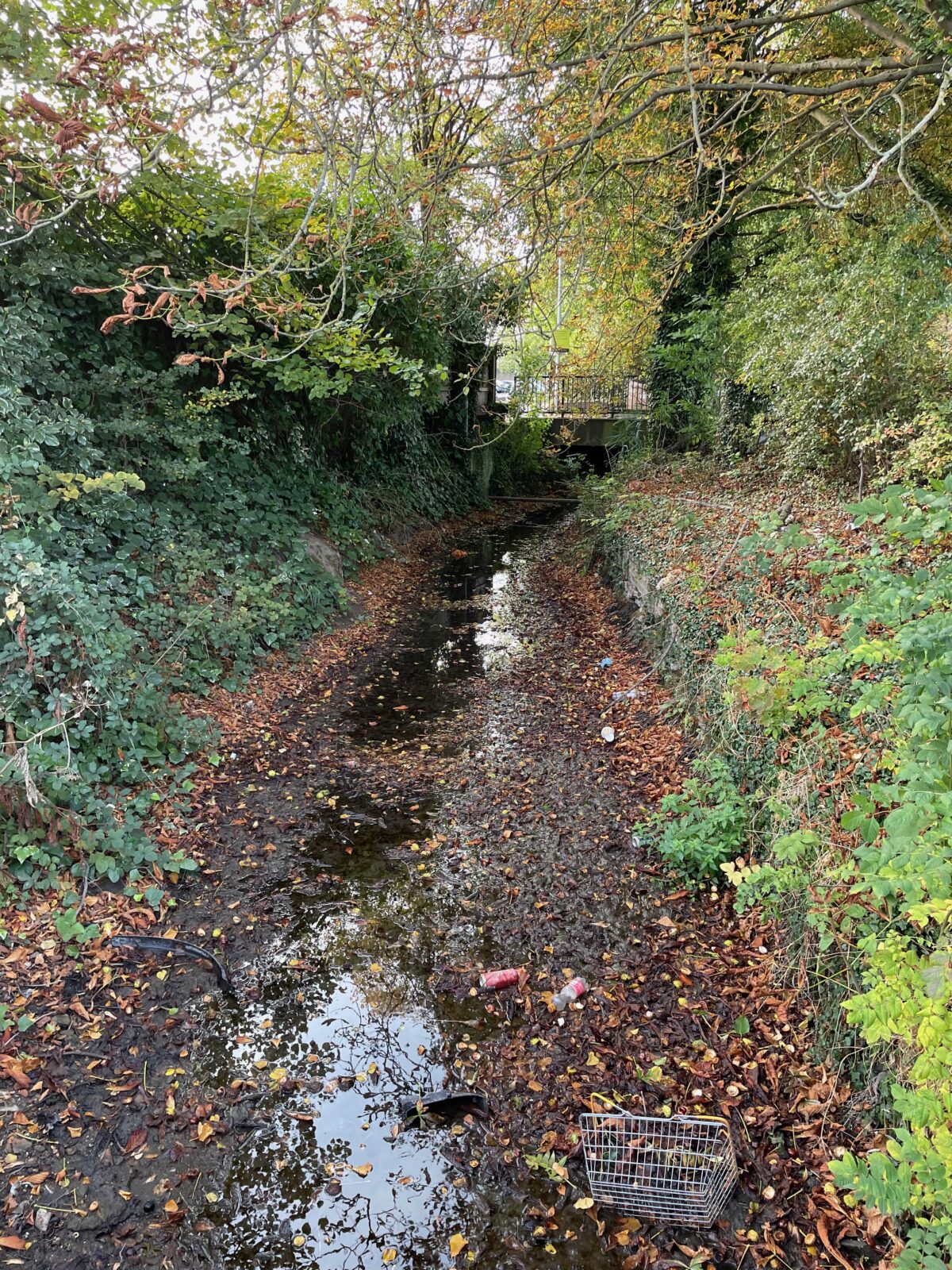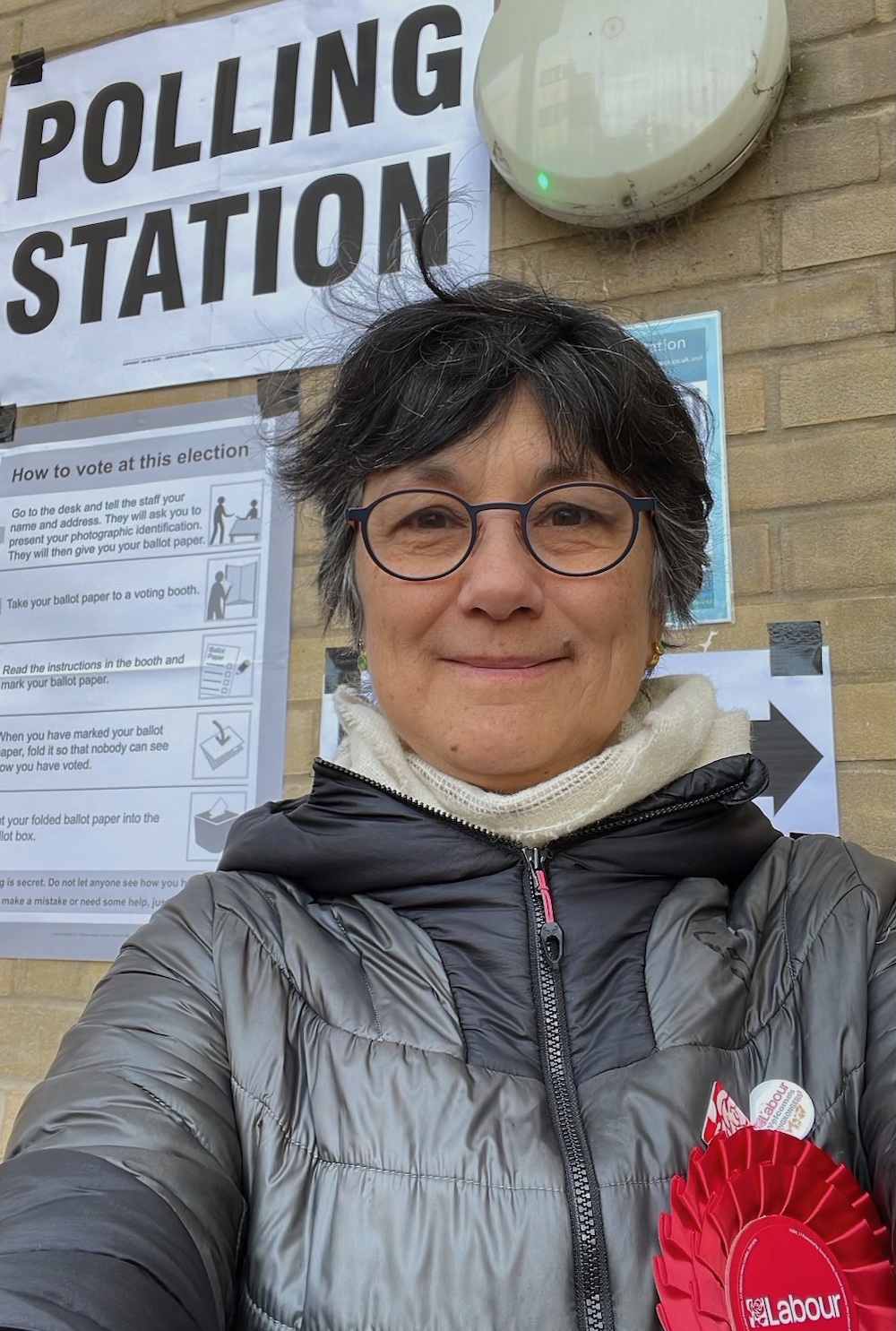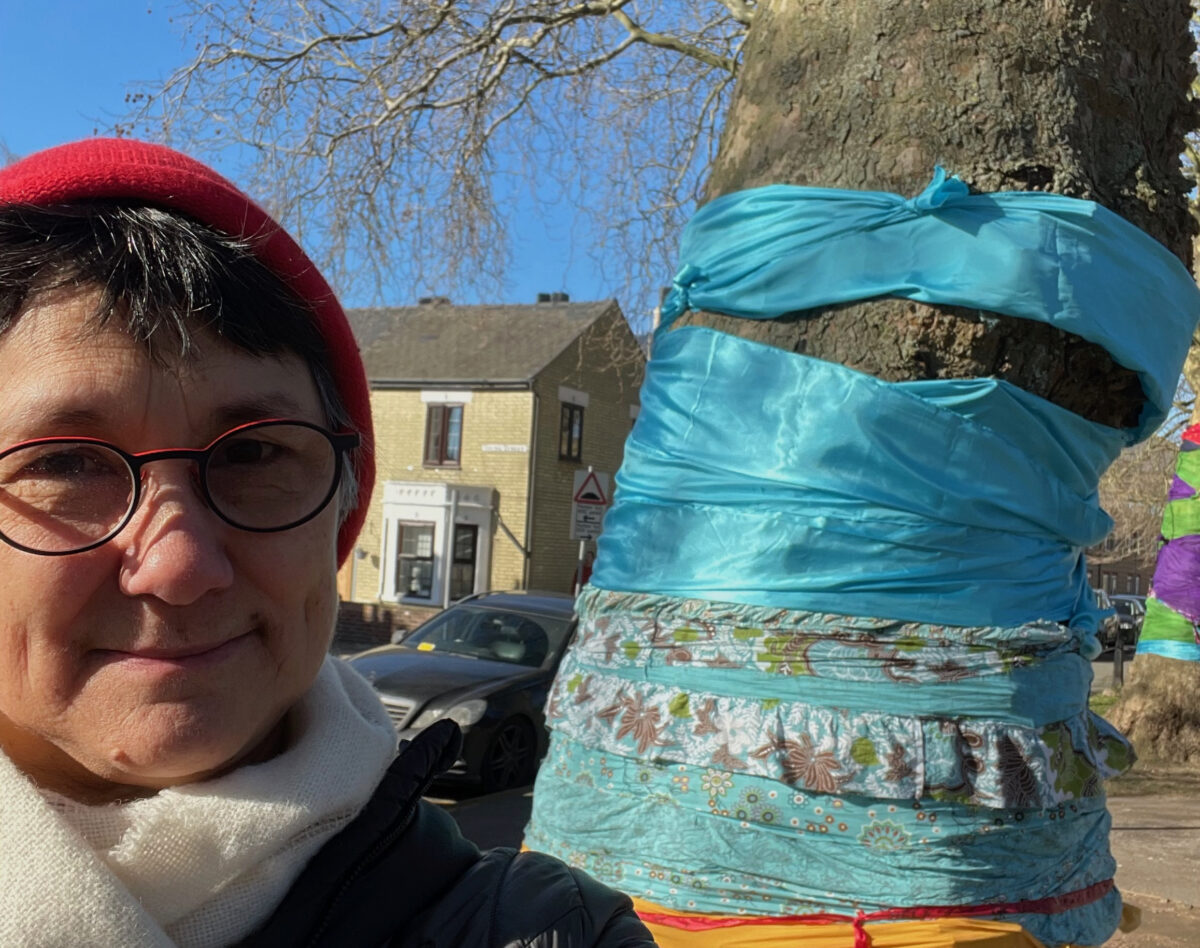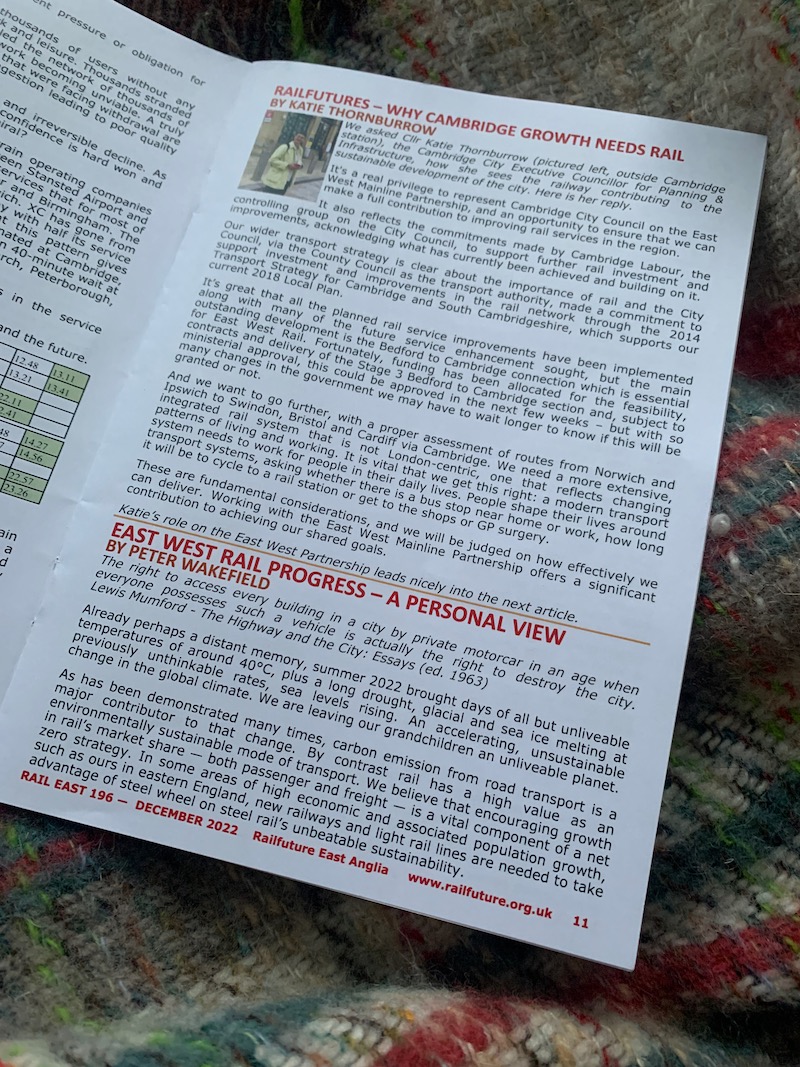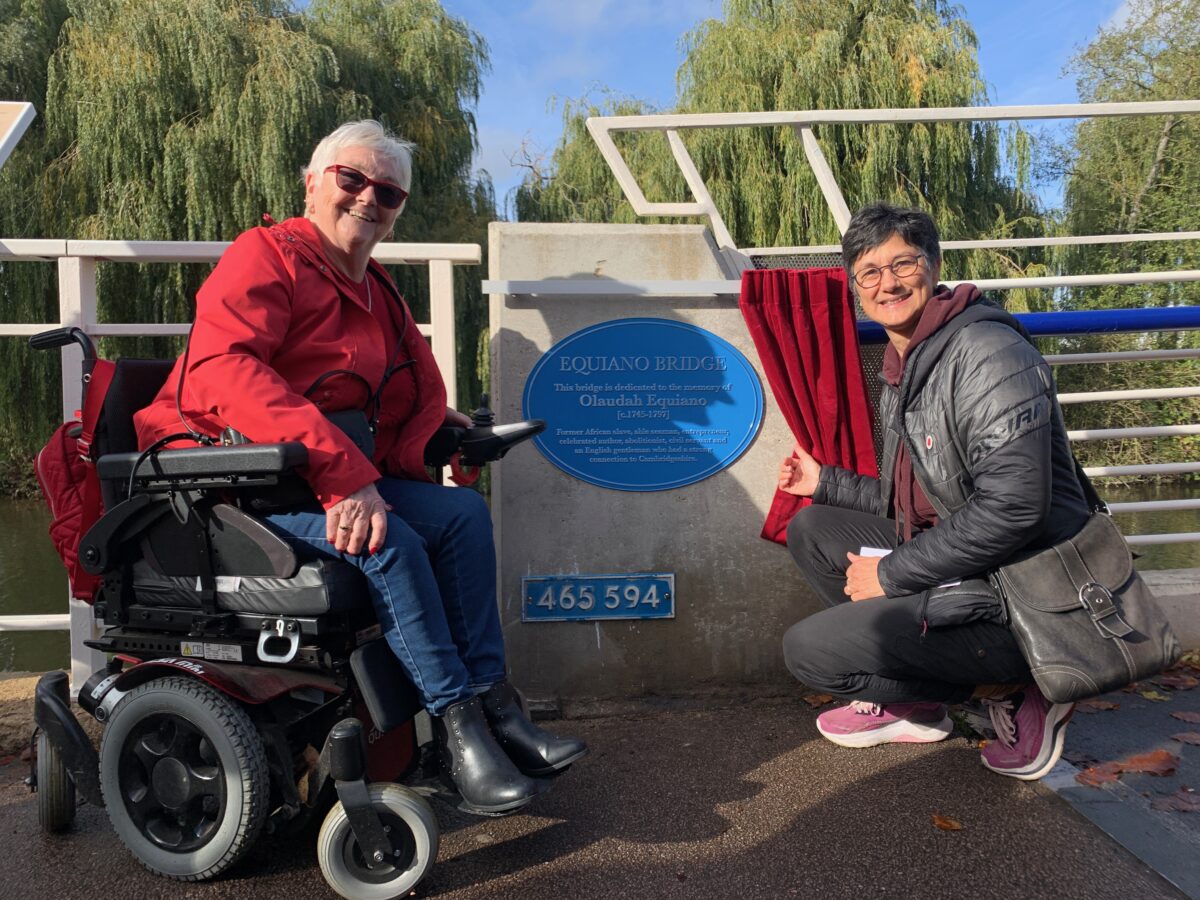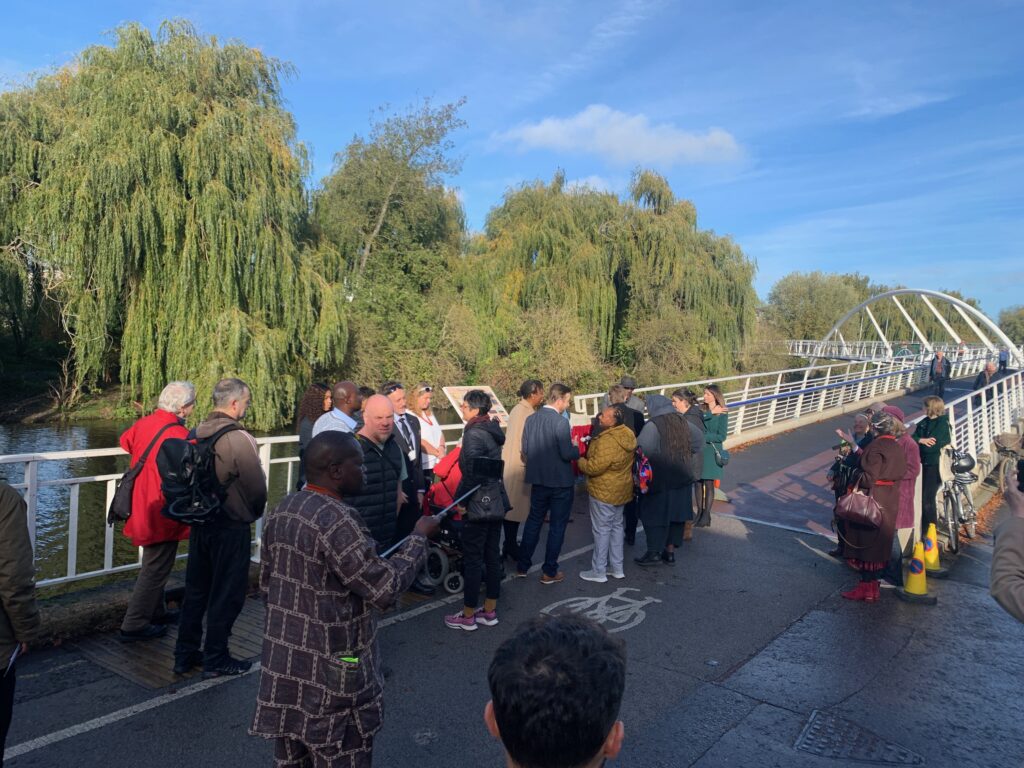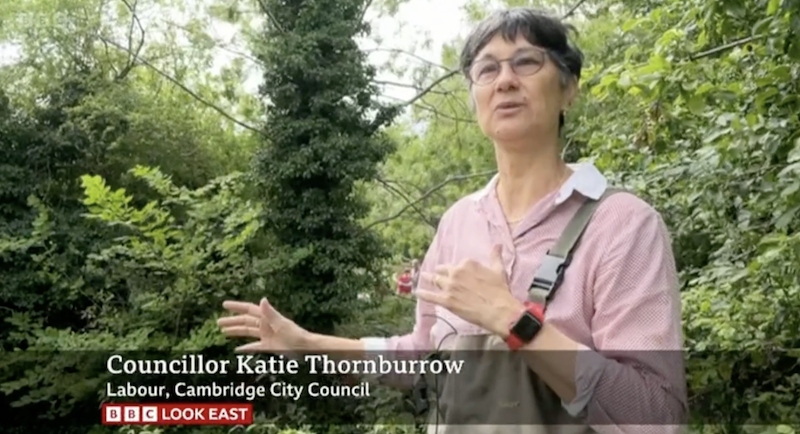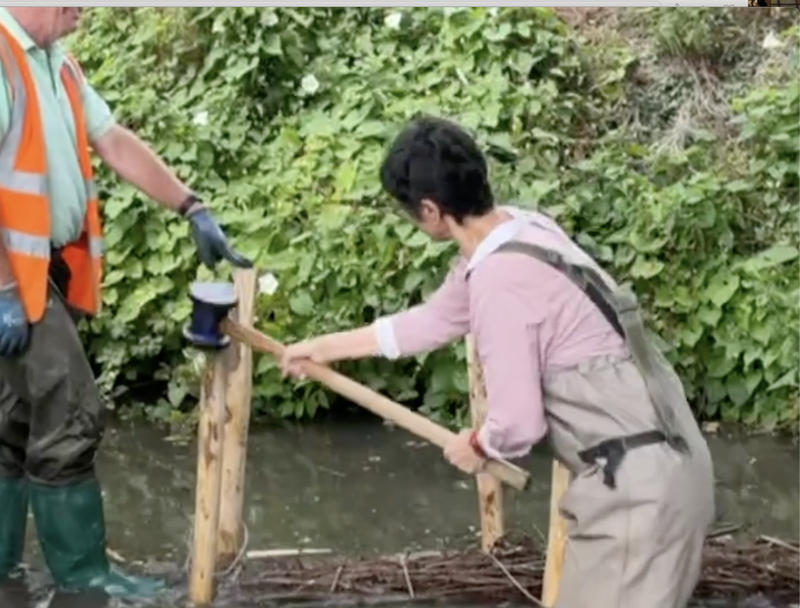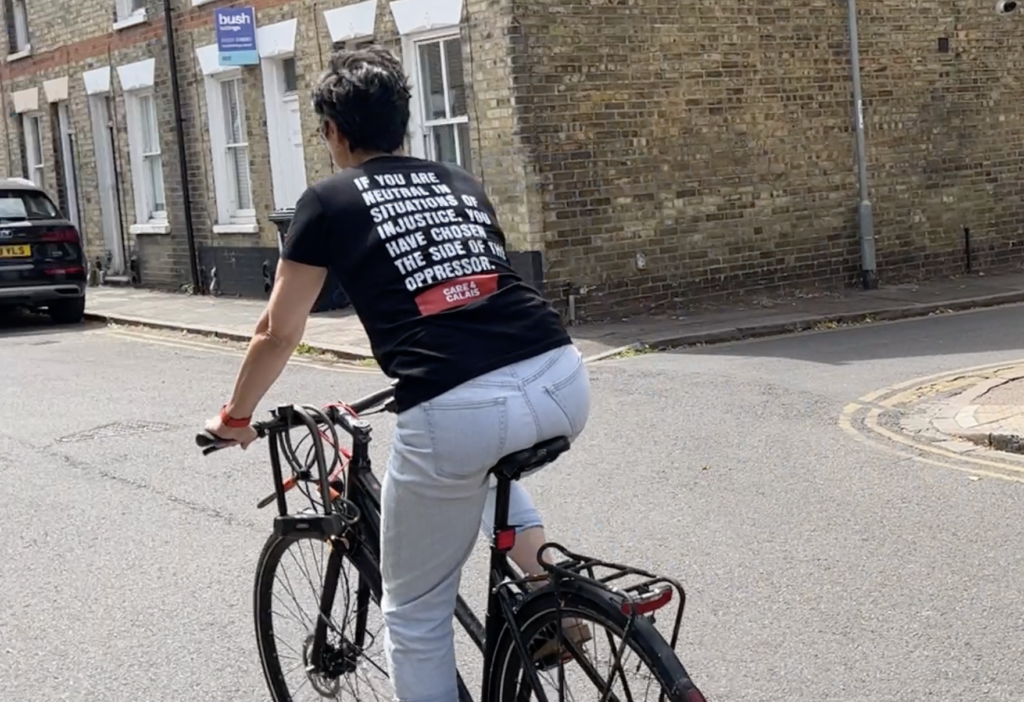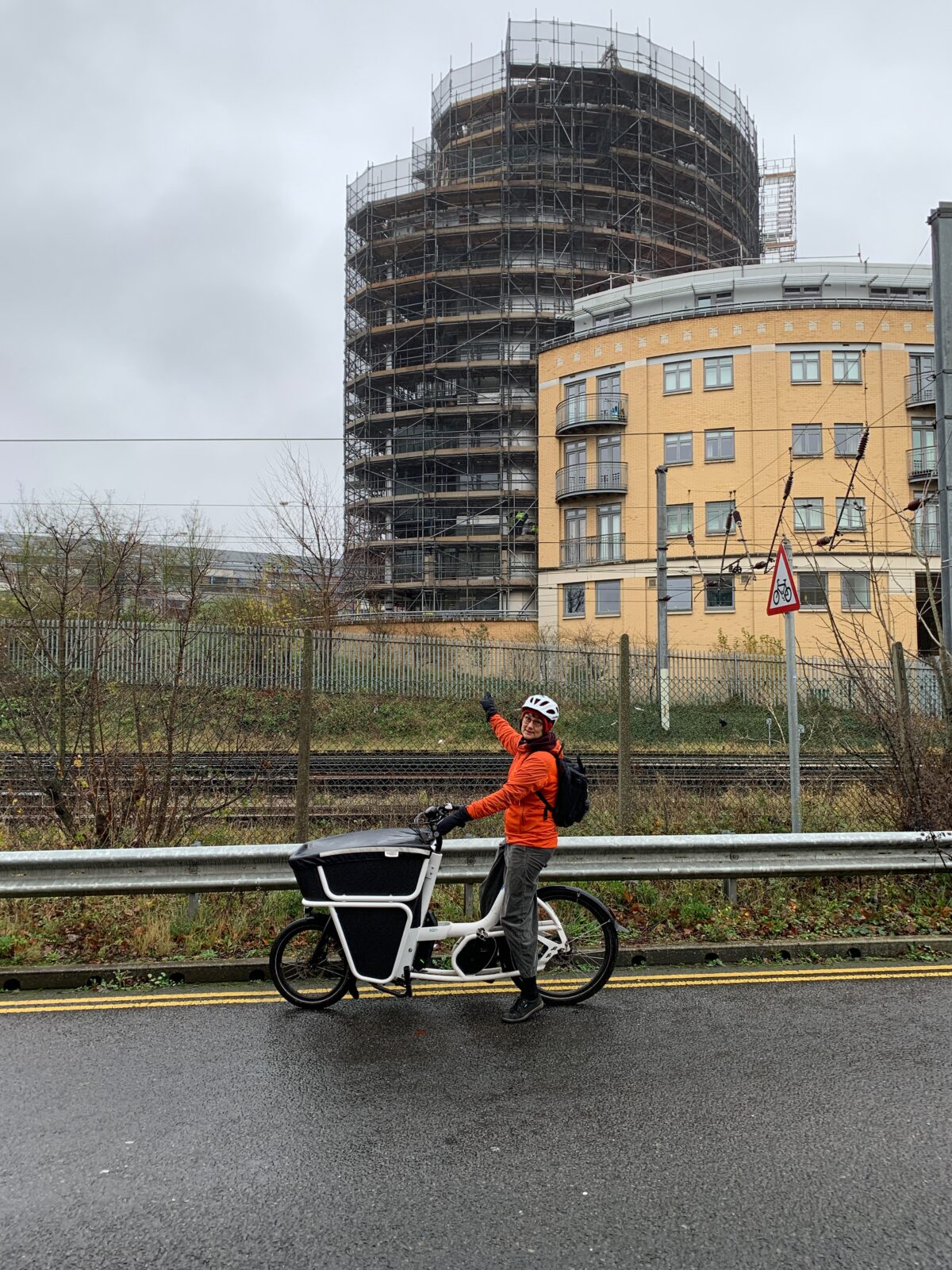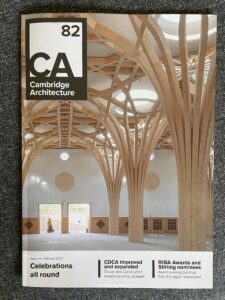The City Council has received an application to completely remove the three mature plane trees on St Matthew’s Piece opposite 191-193 Sturton Street, an application which I, along with other local councillors and residents groups, oppose. Although the application claims that the trees are causing subsidence and structural damage to the houses, there is no clear evidence that this has happened, and certainly not enough to justify the removal of these important trees, which are an integral part of the local area and much-loved by all of us who use St Matthew’s Piece.
Although they are on land owned by the St Matthew’s (former Howard Mallet) Centre they are covered by tree preservation orders and fall inside the Mill Road conservation area, so they cannot be cut down or pruned without an application to the Council. In fact, this is the second application about these trees. A request to cut 5m from each tree, 22/0271/TTPO, was refused on 1st August 2022 due to lack of evidence that they were causing damage.
Now that the application has been received the council has six weeks to make an assessment. As well as considering if the reason for the proposed works are valid, the council has to assess the trees’ contribution to the visual amenity of the area, and whether the proposed works would adversely affect the appearance of the trees and/or the visual amenity value of the locality.
The technical term ‘visual amenity’ considers how the height, shape, shadows and colours of the trees contrast and complement the streets and surrounding buildings, something especially relevant to mature trees like these in a built-up area. it also covers the ways the trees change through the seasons and how that enhances the area. And it can also include the contribution made by the birds, bats and insects within the trees.
It seems clear to me, and to many others, that the amenity provided by these trees is substantial, especially to the many children and families who enjoy using the space and its playground,. They form part of only three significant open space areas in Petersfield, which is mainly residential streets. They contribute to a green oasis within this urban setting, with significant cooling effects, and are home to a range of birds and bats.
We should also remember that they are part of the history of Cambridge. The land that forms St Matthew’s Piece was bought in 1891-2 because the “provision of open spaces was one of the best provisions they could make, not simply for the health of the town but for the morality of the town” and a resolution for the establishment of a “recreation ground” was passed, in the interests of the 2,000 children in the “immediate neighbourhood” was made. It was opened in 1898, and it needs to be protected so we can continue to benefit from this wonderful area.
Because these trees are so important, I wanted to speak out before the planning committee discusses the application. That means that I will not take part in the discussion and vote, even though I’m a member of the committee, as all members are required to consider applications during the meeting, and making my views known in advance would compromise that.

